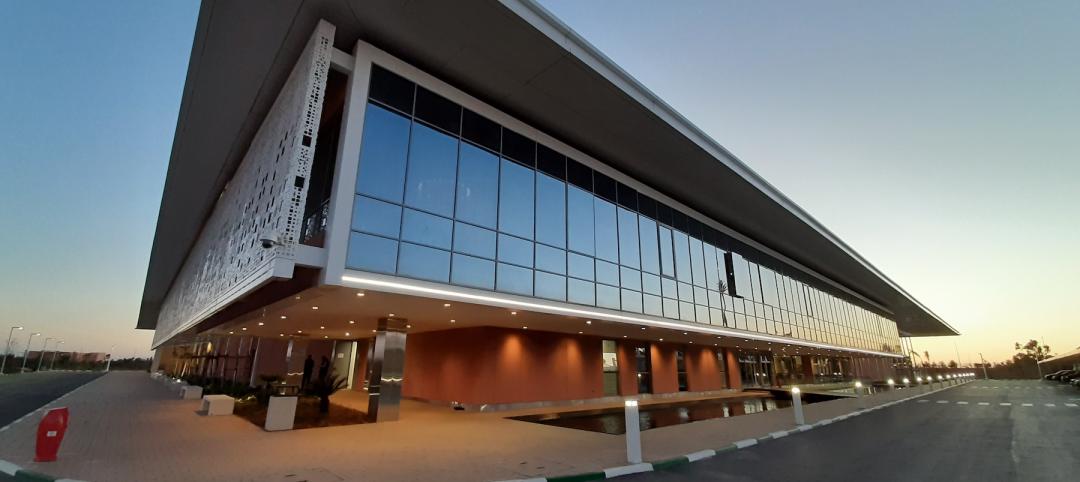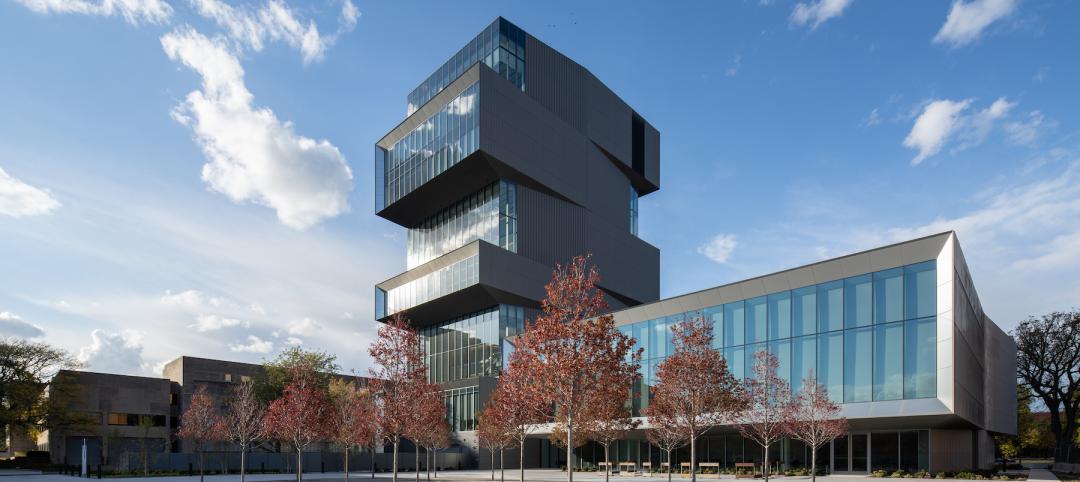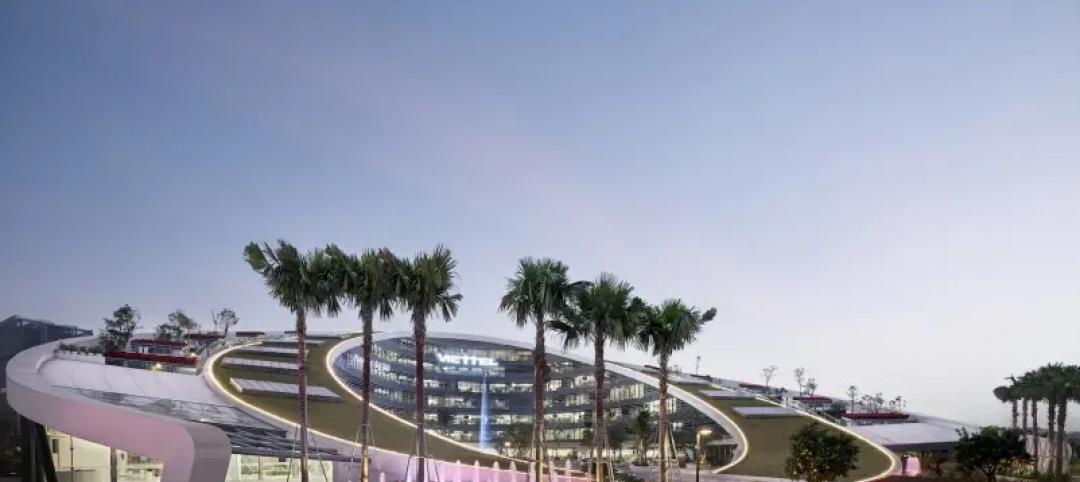The green building movement is poised on the brink of a new, more mature stage of development. Net-zero energy, net-zero water, net-zero waste, even net-zero stormwater projects—once thought to be impossible to achieve—are popping up all over. The Living Building Challenge, deemed by many practitioners to be the most arduous certification standard to meet, is winning the hearts and minds of AEC supergreenies seeking a competitive edge for their firms. And the fourth iteration of LEED, while having missed its anticipated unveiling at Greenbuild this month, should be out sometime in mid-2013.
“Green building is not a curiosity anymore,” says Aditya Ranade, Senior Analyst with Lux Research, which predicts the sector will reach $280 billion globally by 2020.
The big buzz: disclosure and transparency, says Russell Perry, FAIA, LEED Fellow, Senior Vice President with design firm SmithGroupJJR. He points to the recent release of publicly disclosed building energy use in New York City as an example of “increased visibility” that will contribute to the knowledge base on building performance.
Building product manufacturers are responding to the call for disclosure and transparency by issuing environmental product declarations to differentiate their products from the competition’s. Perry says EPDs will play a greater role in Materials & Resources credits for LEED v4.
Most recently, the International Living Future Institute launched Declare, a database of green building products (http://www.declareproducts.com) that provides a kind of “nutrition label” of product ingredients—all in support of the Living Building Challenge’s “Red List” and “Appropriate Sourcing” imperatives.
Also in the works: the Health Product Declaration Open Standard, a new “product chemistry disclosure tool” that its developers—the Healthy Building Network and BuildingGreen—say will provide manufacturers with a consistent format for reporting product content and associated health information. The HPD, which went through a pilot phase with more than 30 building product makers earlier this year, will be launched at Greenbuild.
Finally, there’s the Honest Buildings Network (www.honestbuildings.com), an open-network database that seeks to connect stakeholders in the real estate industry to “drive demand for better buildings all over the world.” Founder Riggs Kobiak calls it “a cross between Yelp and LinkedIn for the built environment.”
In the following pages, the editors present numerous highly sustainable projects, along with trends and ideas from leading AEC green building firms. +
Related Stories
Giants 400 | Aug 26, 2021
2021 Data Center Giants: Top architecture, engineering, and construction firms in the U.S. data center facilities sector
Corgan, Holder Construction, Jacobs, and Whiting-Turner top BD+C's rankings of the nation's largest data center facilities sector architecture, engineering, and construction firms, as reported in the 2021 Giants 400 Report.
Hotel Facilities | Aug 26, 2021
Building hotels with modules, with citizenM's Menno Hilberts
In this exclusive interview for HorizonTV, Menno Hilberts, Managing Director of Project Management with hotelier citizenM, explains how the company is employing modular construction to help double its presence in the U.S.
Giants 400 | Aug 25, 2021
Top 40 Engineering/Architecture Firms for 2021
Jacobs, AECOM, Burns & McDonnell, and Alfa Tech top the rankings of the nation's largest engineering architecture (EA) firms for nonresidential buildings and multifamily buildings work, as reported in Building Design+Construction's 2021 Giants 400 Report.
Giants 400 | Aug 25, 2021
Top 95 Architecture/Engineering Firms for 2021
Stantec, HDR, HOK, and SOM top the rankings of the nation's largest architecture engineering (AE) firms for nonresidential and multifamily buildings work, as reported in Building Design+Construction's 2021 Giants 400 Report.
Giants 400 | Aug 25, 2021
Top 160 Architecture Firms for 2021
Gensler, Perkins and Will, HKS, and Perkins Eastman top the rankings of the nation's largest architecture firms for nonresidential and multifamily buildings work, as reported in Building Design+Construction's 2021 Giants 400 Report.
Sports and Recreational Facilities | Aug 25, 2021
The rise of entertainment districts and the inside-out stadium
Fiserv Forum, home to the 2021 NBA Champion Milwaukee Bucks, proved that the design of the space outside a stadium is just as important as inside.
Architects | Aug 24, 2021
AIA’s Compensation Report reveals how architecture firms weathered the pandemic
According to the report, architecture firms lost 16,000 positions between February and their low in July of 2020.
Architects | Aug 19, 2021
BD+C Events
Building Design+Construction's annual events include the Women in Design+Construction conference and the ProConnect meeting series.
Architects | Aug 19, 2021
Quattrocchi Kwok Architects marks 35 years in business with commitment to social justice
QKA, the largest architecture firm in the North Bay area of San Francisco, has received the JUST 2.0 Social Transparency Label from the International Living Future Institute.
Multifamily Housing | Aug 19, 2021
Multifamily emerges strong from the pandemic, with Yardi Matrix's Doug Ressler
Yardi Matrix's Doug Ressler discusses his firm's latest assessment of multifamily sales and rent growth for 2021.

















